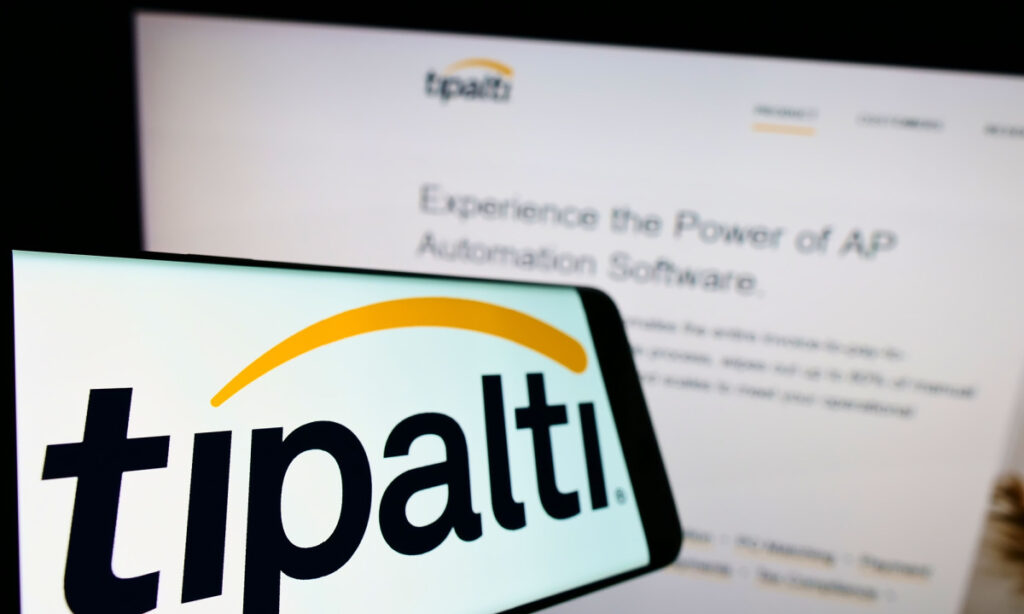In today’s rapidly evolving landscape, small and mid-size businesses increasingly rely on artificial intelligence (AI) for process automation. Implementing an AI-powered automation can significantly enhance operational efficiency and decision-making. This guide will walk you through the essential steps to design, deploy, and monitor an AI automation solution tailored for your business.
Before diving in, ensure you have the necessary prerequisites. First, outline your business goals and identify specific processes that are ripe for automation, such as invoice processing, customer support, or inventory management. Gather relevant data and ensure you have access to the tools needed for AI development and deployment, including software applications for data processing and a user-friendly dashboard.
Once you’ve identified the process to automate, the configuration stage begins. Choose an AI platform suited for your business needs, such as cloud-based solutions or on-premise installations. Set up the necessary infrastructure by creating a repository for your data, ensuring it can be securely accessed by the AI tools you’ll employ.
Next, it’s time to design the AI model. Use machine learning algorithms that fit your target process. For instance, if you’re automating customer support, a natural language processing model could effectively analyze and respond to customer inquiries. You will need to input relevant data sets to train the model, such as historical customer queries and support resolutions. Your expected outcome at this stage is a well-trained model that can accurately predict or automate responses based on new inputs.
Testing the AI model is crucial before deployment. Conduct a series of trials using sample data to evaluate its performance. Monitor how well the AI responds to various scenarios and refine it as needed to reduce errors. Throughout testing, focus on metrics such as accuracy, speed, and user interaction experience. This phase provides insights into how effectively the AI will perform in real-world situations.
After testing, deploy the AI automation within your operation. Implement it in a controlled environment that allows you to monitor performance closely. Educate your team members on how to utilize the new system effectively and encourage feedback.
Continuous monitoring of the AI automation is essential for long-term success. Utilize monitoring tools to track operational metrics, ensuring you can spot any discrepancies or failures immediately. Establish a feedback loop so users can report issues or suggest enhancements, which helps improve the AI system over time.
Managing errors is integral to your automated processes. Design procedures to handle exceptions, such as alerts for when the AI cannot complete a task. This might include developing fallback options, such as routing complex queries to a human operator. Make sure your team knows how to engage these error-handling protocols swiftly.
Cost control is also vital. Establish clear budgeting for the project, considering initial setup costs, ongoing operational expenses, and potential upgrades. Periodically reviewing these costs will help you manage your AI automation’s financial viability and ensure you remain within budget.
Regarding security, you need to establish protocols that protect sensitive data handled by your automation system. Encrypt data in transit and at rest, and ensure you comply with regulations relevant to your industry. Regular security audits will help identify vulnerabilities within the system.
Data retention policies should be straightforward but comprehensive, outlining how long data will be stored, how it will be archived, and the rationale behind these decisions. This not only supports regulatory compliance but also enhances your operational efficiency by ensuring that only necessary data is actively managed and processed.
Vendor lock-in is another consideration. As you choose AI platforms, be mindful of the long-term implications associated with proprietary technology. Opt for platforms that adhere to open standards, allowing you to migrate to different systems more easily if necessary.
Estimating the Return on Investment (ROI) for your AI automation involves measuring the impact on productivity, cost savings, and any qualitative benefits like enhanced customer satisfaction. Calculate the time saved compared to manual processes and the financial implications of reduced errors. Ongoing maintenance costs should also be factored into these assessments, as they will influence your profitability.
Lastly, regular maintenance of your AI automation is necessary to ensure it continues to meet business needs. Schedule periodic updates based on the latest advancements in AI and user feedback. Continuous learning and iteration will keep the automation relevant in an ever-changing business environment.
FlowMind AI Insight: Embracing AI-driven automation can transform your business operations, leading to enhanced efficiency and significant cost savings. By following these thorough steps and being mindful of associated risks such as security and vendor dependency, your organization can successfully navigate the transition to an AI-supported future, ensuring sustainable growth and adaptability.
Original article: Read here
2025-09-24 17:28:00

